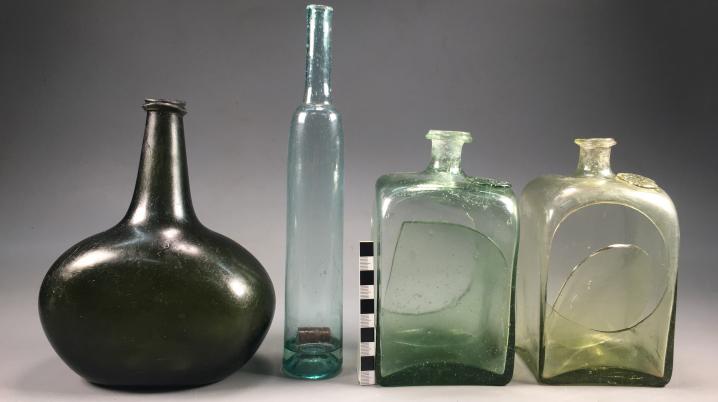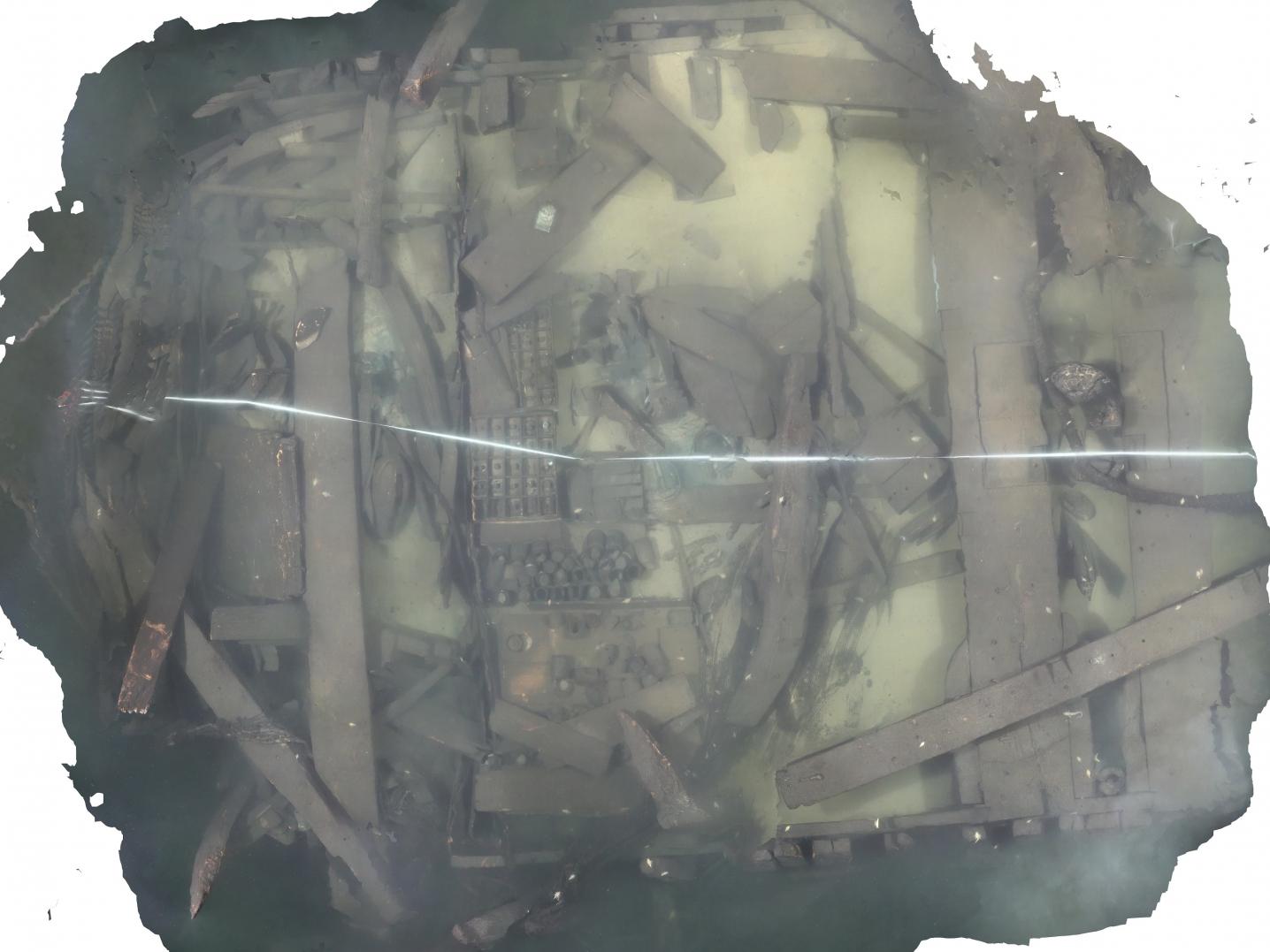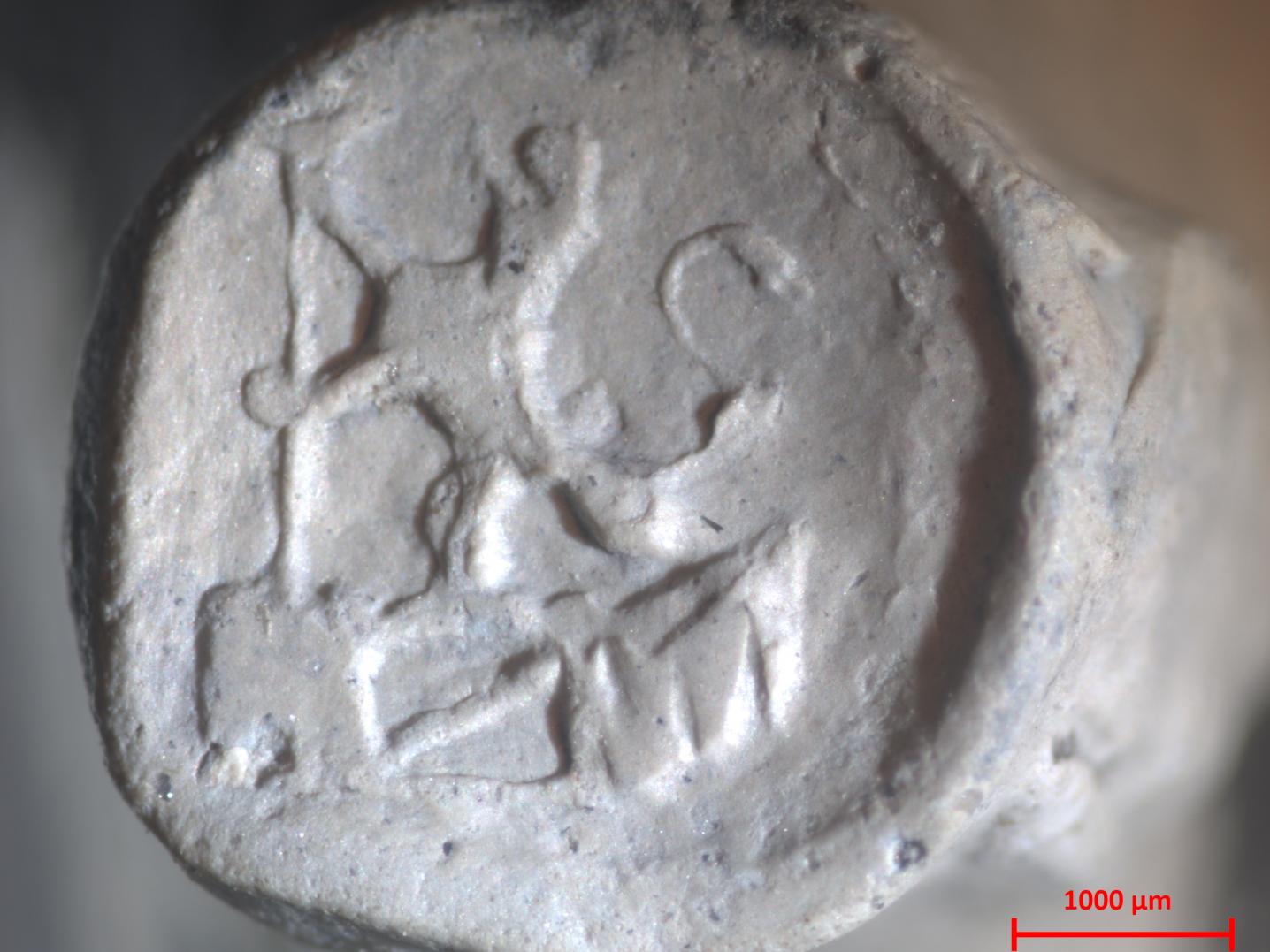
Russia: Dutch shipwreck discovered in the Gulf of Finland
For almost 20 years, the Underwater Research Center of the Russian Geographical Society has been conducting underwater archaeological research in the Russian part of the Gulf of Finland, from St Petersburg to the island of Hogland. This centre carries out seabed surveys using hydroacoustic equipment, takes photographs and videos, and conducts archaeological exploration and excavations. Its team has found and surveyed dozens of shipwrecks, and three volumes of the Register of Wrecks have been produced as a result of the work.

Shipwreck discovered
In 2020, the Underwater Research Center discovered and carried out an initial survey of a shipwreck, which was believed to have been a Dutch tjalk that sunk in the early eighteenth century. However, under Peter the Great tjalks were also massively built in Russia under the supervision of Dutch shipbuilders.

Cargo uncovered
This ship lies at a depth of 54 metres. Unfortunately, the masts and superstructures of the ship have not been preserved, as they were torn off by trawl nets of fishing vessels. But the ship's cargo has been almost completely preserved: crates and baskets with bottles (with gin and medicinal infusions), faience and earthenware (jugs, bowls, plates), kegs and other items. The photographs show some of the raised utensils from the ship's kitchen and cargo, as well as the mark on a Dutch-type smoking clay pipe.
Next year, the Underwater Research Center plans to continue exploring the shipwreck and possibly carry out partial excavations.
Text and photos: Roman Prokhorov, underwater archaeologist of the Russian Geographical Society.

